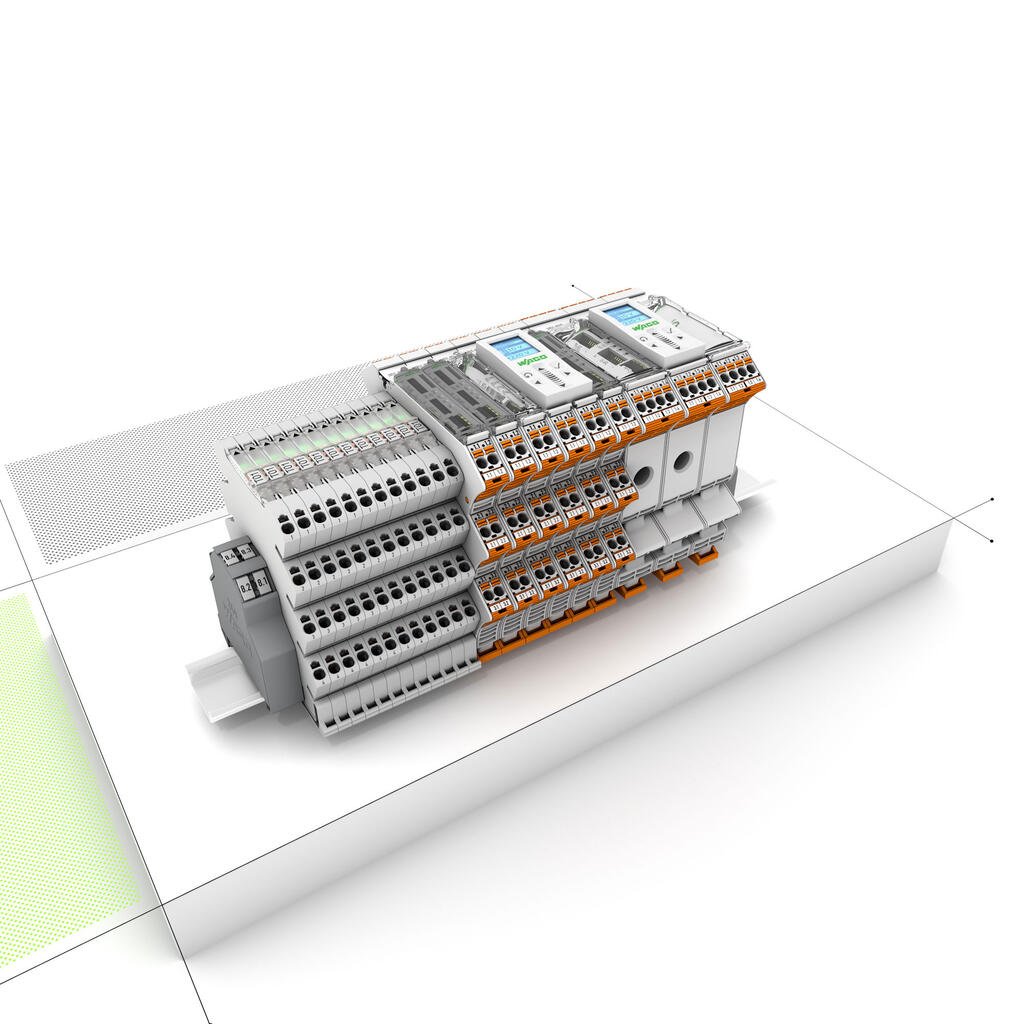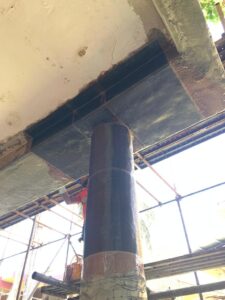
When you take an analog signal from a sensor and try to turn it into digital data, accuracy is everything. In industrial environments, analog signals don’t travel in perfect condition. They pick up noise, suffer from fluctuations, and sometimes get distorted before they even reach your measurement system. This can ruin the quality of your automation, monitoring, or control process.
Accurate analog-to-digital (A/D) conversion is the backbone of reliable data-driven operations. But raw signals can’t go directly into an ADC (analog-to-digital converter) without help. This is where signal conditioners step in. They act like a translator and a protector between your sensor output and the ADC input. In this article, you’ll see exactly why they are the missing link you can’t skip.
Signal Conditioners Prepare Raw Analog Inputs for ADCs
Sensors output signals in many forms — voltage, current, or even resistance. These values can vary wildly, sometimes far outside the safe input range of an ADC. Without correction, the ADC might read them wrong or fail to read them at all.
Signal conditioners take that raw signal, adjust it, and make sure it fits perfectly into the ADC’s expected range. This step keeps your system from losing valuable information before the conversion even starts, ensuring every reading stays meaningful.
They Eliminate Electrical Noise That Distorts Measurement
Industrial sites are full of interference sources: electromagnetic interference (EMI), radio frequency interference (RFI), and ground loops. Left unchecked, these can distort your signal so badly that your ADC is essentially digitizing garbage.
Signal conditioners filter out that noise before it reaches the ADC. A cleaner input always leads to a more faithful digital representation — and better decisions downstream.
They Provide Isolation to Protect ADCs from Faults
Electrical isolation is more than just a safety measure. High-voltage spikes from field signals can destroy sensitive ADC circuits in a split second.
Signal conditioners create a barrier between the high-voltage side and the ADC. This shields your control system from sudden surges, preventing downtime and avoiding costly component replacements.
Signal Conditioners Enable Signal Scaling and Conversion
Not all sensors speak the same “language.” Some output millivolts, others use the 4–20 mA range. Your ADC needs a standard input to work effectively.
This translation occurs at signal conditioners, which convert varying formats into a single unmarked-tainted format, ahead of feeding the ADC. This simplifies the design of the system and minimizes conversion errors.
They Smooth Varying Inputs to Digitize with High Reliability
Analog signals are jumpy- at least when sensors capture sudden changes in the environment. Such changes are able to corrupt the resolution of your ADC.
Signal conditioners smooth the signal, buffer sudden spikes, and keep the input stable. The result? Your digitized data is steady enough for consistent analysis.
They Bridge the Gap Between Sensors and Digital Control Systems
Automation, SCADA, PLCs, and IoT systems all rely on precise input data. If your ADC gets compromised data, your whole system is compromised.
Signal conditioners make sure the ADC sees only the best version of the signal, acting as the vital interface between raw sensor output and digital intelligence.
Final Thoughts: Integrate Signal Conditioners Early for Optimal ADC Performance
Signal conditioners prepare, filter, isolate, scale, stabilize, and connect your signals. They’re not an afterthought but a must-have for any reliable A/D conversion setup. If you want your data to be accurate, your systems to be safe, and your hardware to be protected, plan for signal conditioning right from the start.




